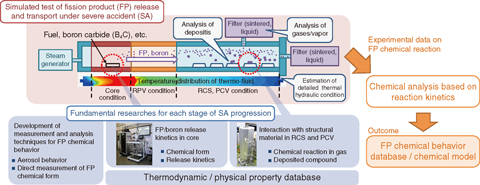
Fig.1-41 Prediction of boron compounds and release fractions in different atmospheres and their effects on cesium and iodine chemical forms

Fig.1-42 Research approach for the evaluation of FP chemical behavior
We are conducting fundamental research on improving fission product (FP) release and transport analysis methods under severe accident (SA) conditions to contribute to the development of technologies for decommissioning work on TEPCO’s Fukushima Daiichi NPS and to enhance LWR safety. During SAs, FPs are released from nuclear fuel with temperature escalation, transported to the primary containment vessel from the damaged reactor pressure vessel and reactor coolant system, and finally released into the environment. Since the FP release and transport behavior is governed by the chemical behavior (such as chemical changes of FP compounds and interactions with control materials), the primary target of our research is to evaluate FP chemical behavior.
Although FP release and transport behavior has been widely studied, uncertainties still remain in, for example, the formation of gaseous iodine, which is potentially changed by reaction with boron carbide (B4C) control material in BWRs. In this research program, therefore, we will focus on the degradation of BWR control rods and the steam starvation atmosphere caused by decompression boiling and evaluate FP chemical behavior under these conditions. So far, we have analyzed boron (B) compounds in different atmospheres and release fractions from boron-stainless steel reaction products (Fig.1-41), which are assumed to form during the degradation of BWR control rods. The thermodynamically stable iron boride is formed under a steam-starvation atmosphere, leading to the decrease of the B release fraction. It is also shown that the decrease in the B release results in a 30% decrease in the generation of gaseous/volatile iodine. Consequently, the change of the B release fraction could significantly affect the FP chemical behavior.
In our future experiments, we will attempt to validate these calculation results by acquiring data on the B release fraction. Concurrently, we will conduct simulated tests on FP release and transport in a severe accident and fundamental research on FP chemical behavior for each stage of the accident progression. Then, we will construct a database of FP chemical behavior by analyzing the obtained data based on the reaction kinetics to improve the FP chemical models (Fig.1-42).